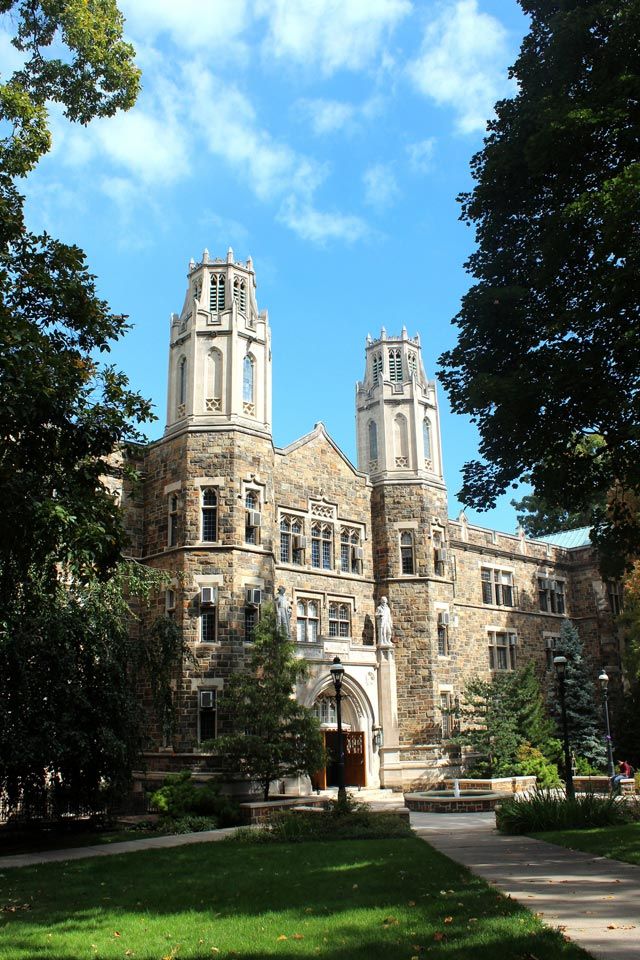Welcome to the tenth issue of Resolve, a magazine dedicated to research and educational innovation in the P.C. Rossin College of Engineering and Applied Science at Lehigh University.
Few modern advances in science and technology have been as promising as the revolution in nanoscale engineering. The ability to locate, observe, manipulate and fabricate at the molecular and atomic levels has implications for cancer treatments, alternative fuels, solid-state lighting, environmental remediation, high-bandwidth communications and a host of other endeavors.
Operating at the scale of one-billionth of a meter, nanotechnology requires advanced and specialized instruments. What one can observe and quantify defines what one can do. Lehigh has long had some of the world's best electron microscopy and spectroscopy facilities. Several recent instrumentation grants from the National Science Foundation have enabled us to refine and improve upon our nanocharacterization capabilities. The new acquisitions include an aberration-corrected scanning transmission electron microscope (STEM), a high-sensitivity low energy ion scattering spectrometer (HS-LEIS), and a unique device that integrates an inverted optical microscope with an atomic force microscope (AFM).
Combined with our current facilities, the new instruments are enhancing our ability to measure the physical properties and behavior of materials and to correlate their structure and chemistry – all at the level of the nanometer and the angstrom. They are also helping us study nanomaterials in more dynamic environments while charting their reactivity. In short, they give us capabilities that rival those of any nano research group anywhere. The cover feature story offers more details.
Lehigh researchers are also developing novel nanofabrication techniques that introduce nanostructures on the surfaces of metals, ceramics, polymers and other materials for applications in optical networks, light-emitting diodes and adult stem-cell differentiation and also in microelectromechanical systems. And a new nanoinjection technique promises higher operating temperatures and greater applicability for terahertz semiconductor lasers.
This issue of Resolve also profiles the Integrated Degree in Engineering, Arts, and Sciences (IDEAS) program, a new B.S. degree offered jointly by the P.C. Rossin College of Engineering and Applied Science and the College of Arts and Sciences. The innovative honors program just graduated its first class of students. For self-starters who don't fit traditional disciplines, IDEAS offers the chance to integrate engineering with fields as varied as international relations and medicine. At the same time, IDEAS students build a framework for successful careers in medicine, law, policy-making and other professions that increasingly benefit from the hands-on, inquiry-based mindset of engineering.
I hope you enjoy this issue of Resolve. Please drop me a note to share your thoughts and comments.
S. David Wu, Dean and Iacocca Professor
P.C. Rossin College of Engineering and Applied Science
david.wu@lehigh.edu

